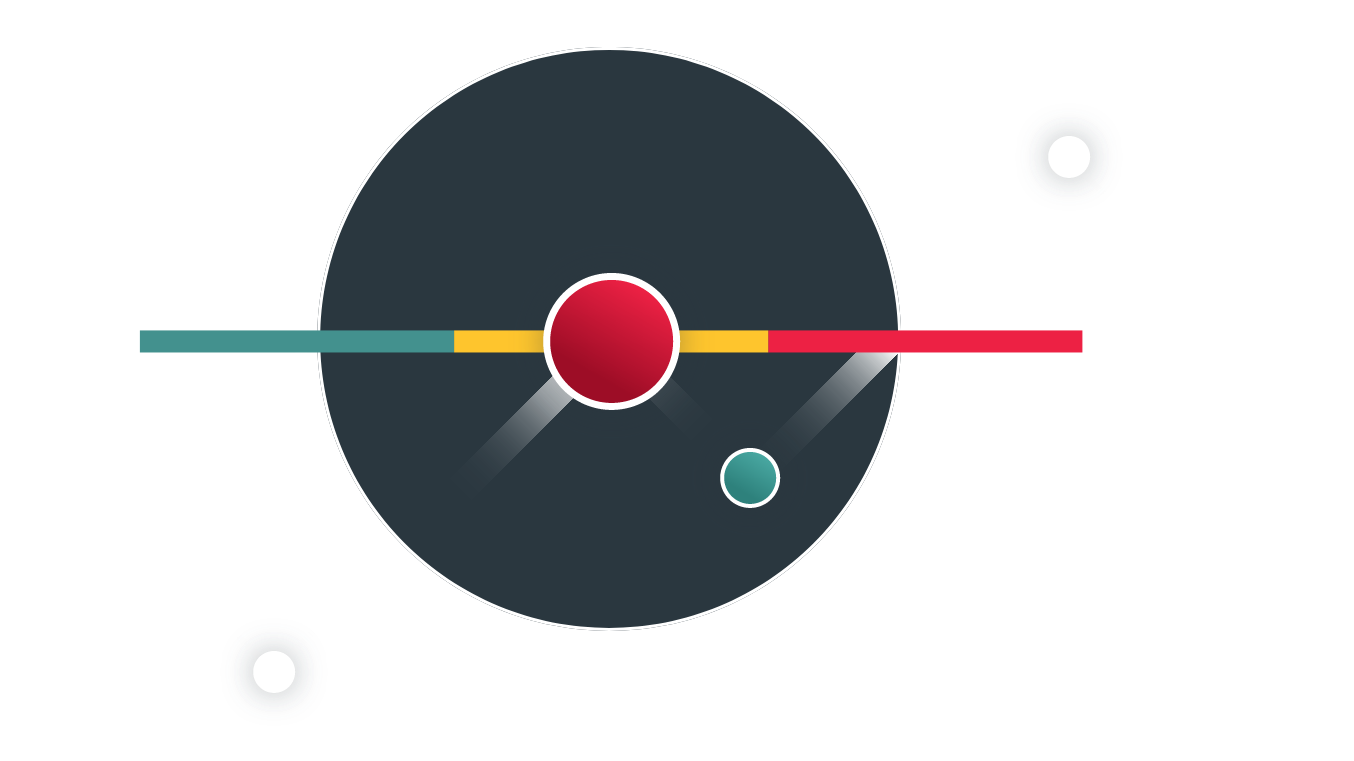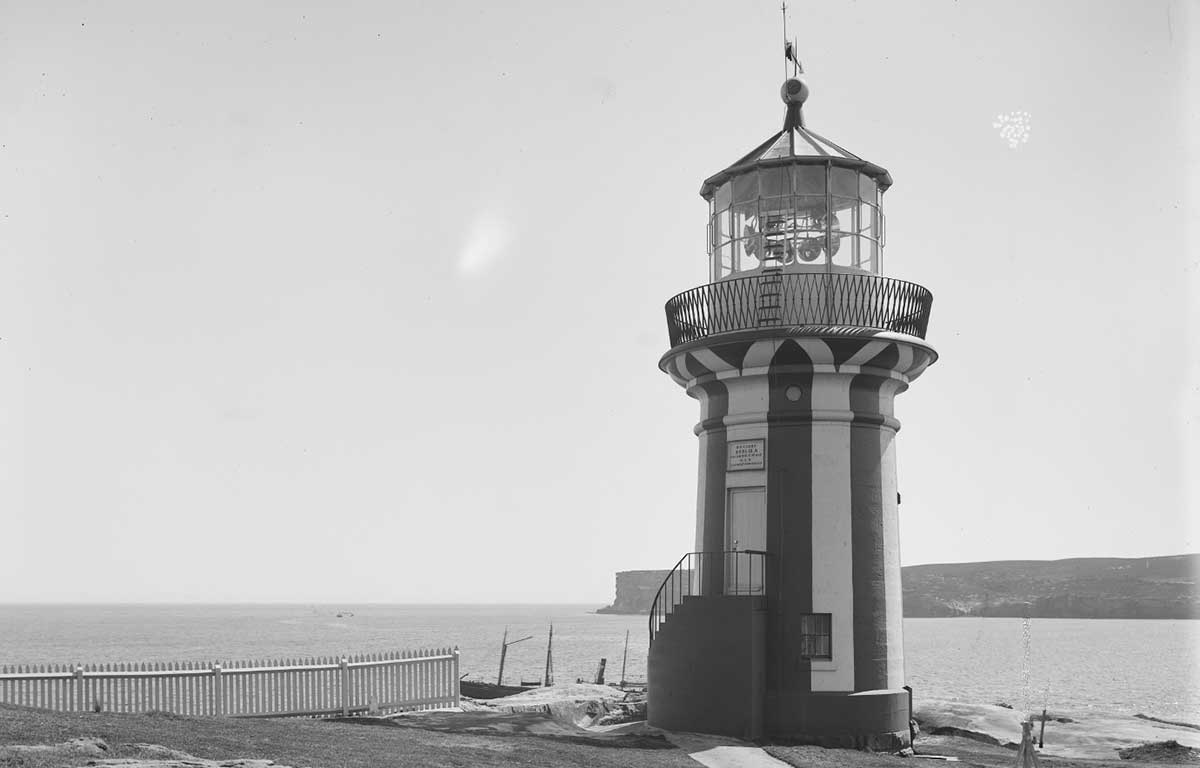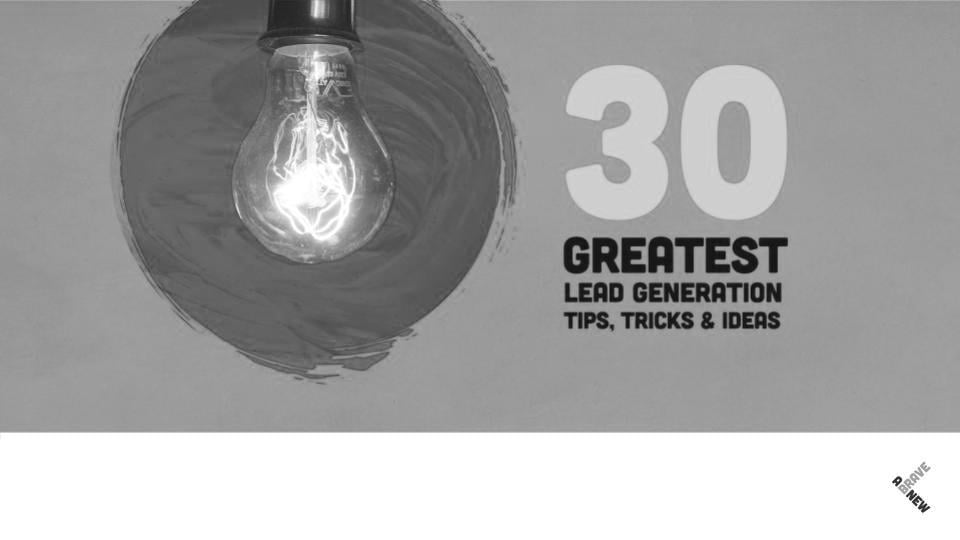When I work with an organization to build a new brand (or sharpen an existing one), we have a singular focus: What is the unique essence at the center of the brand that will make it memorable?
Once we identify the unique memory at the center of a brand, we can create strategies to curate that memory with an audience. And, with enough consistency, we’ll change how customers and prospects think of it.
This is powerful stuff. Especially in the B2B healthcare and technology spaces where companies are often struggling through a sea of sameness. Imagine if you could tell your customers you’re selling clarity and stability vs. just enterprise infrastructure. All of a sudden your messaging cuts through the noise.
Any great essence must originate within the DNA of the organization, but one of the most powerful tools to sharpen how you express it is a brand-focused competitive analysis.
Let me clarify. I’m not arguing that you should let your competition define your brand. I am arguing that developing an in-depth understanding of your competition’s brand and market positioning will help you in three key ways. It will:
- Expose key trends and commonalities that your brand positioning must address
- Uncover opportunities and gaps no one in your category is taking advantage of
- Reveal insights that could allow you to redefine your category
I’m going to dive into each of these concepts as we move through this post, but first, I’d like to unpack what I mean by a brand-focused competitive analysis.

The Basics of a Brand-Focused Competitive Analysis
There are many ways to conduct a competitive analysis. A design team may focus on evaluating the UX and visual style of your competition. A marketing planner may focus on the tactics your competition is utilizing. A strategist may look at their penetration in your TAM.
The competitive analysis I’m talking about here is a little different. We’re going to look at things from a brand perspective.
In a brand-focused competitive analysis, we examine strategic positioning, messaging, and storytelling. We want to understand the key ingredients that make up how a company shows up in their space, and the big ideas that they're using to build differentiation. We want to evaluate their messaging and link it to core concepts that influence everything that they are doing.
During the process, you’ll discover something surprising … those competitors you assumed all looked the same actually have some unique characteristics and approaches.
Let’s unpack in more detail what we include in a brand-focused competitive analysis:
- General information: It’s good to capture some general info about each competitor's revenue, lighthouse clients, and areas of service. As you complete the analysis, this will allow you to make connections between the type of competitor and their specific positioning.
- Mission, vision, values: The way that a company expresses its mission, vision, and values can tell you a lot about their orientation as an organization. Have they taken enough time to craft them to appeal to their customer’s core needs? Are they trying to appear smart? Savvy? Educated? What do they want people to know they do?
- Brand vibe: Brand vibe is all about the feeling behind the brand. We’re not talking here about specific words or messages, but how someone feels after engaging with the brand. Do they feel smart, informed, or heard? Do they instead feel intimidated or confused? This vibe is extremely important because feelings are key to crafting memories.
- Key messages: Now it’s time to look at specific messages. In this section, we want to understand the main ways that the competitor is conveying their value proposition. What unique language do they use? Do they have varied ways of communicating or use the same messages over and over again?
- Service mix: Spend some time analyzing their service mix and its implications for how they are approaching the market. Are they presenting themselves as someone providing a bespoke service, or are they taking a one size fits all approach? Have they positioned themselves at the top of the market, or are they trying to provide a service to all people?
- Price positioning: Price positioning also provides profound insights into how a competitor wants to appeal to its targets, its flexibility, and more.
- Marketing tactics: The final thing we want to understand is how they are showing up in the market. During this part of the competitive analysis we are not going to dive deep into each different channel, but we do want to understand which channels they are utilizing, and how often, so we can understand where they think customers are.
An Effective Competitive Analysis Requires Synthesis
Making a detailed examination of all seven items listed above is only the start of your analysis. Once that’s complete, it’s time to synthesize the analysis into takeaways. We focus our synthesis efforts in three areas:
- Trends & commonalities: Throughout the course of your competitive analysis, you will identify things that almost all of your competitors have in common. You’ll also identify trends that are influencing everyone. It’s your job to understand which of those commonalities are essential for you to emulate to be a respected player in your category and which are things that you should intentionally avoid embracing. Keying in on both of these things will start you down the journey towards standing out.
- Opportunities & gaps: Once you’ve taken the time to understand what everyone shares in common, look for gaps that no one is talking about. Can you potentially craft positioning that as something that establishes you as a player that has a unique perspective in your category?
- Potential insights for redefining your category: Finally, consider opportunities to redefine your category. If everyone is approaching things similarly and playing within an established rule book, ask yourself which of those rules can be broken to create a whole new category. By doing this, just like great brands like Apple and Airbnb have, you will ensure that you are remembered long after your competitors.
Once you’ve done the hard work to understand how your competitors are showing up in the marketplace and what that means for you, it’s time to gut check your conclusions against the unique memory at the center of your brand. Do the conclusions align with the essence of your brand? Are there ways that you need to tweak your conclusions to bring them in line with how you want to show up as a brand? Did you discover a breakthrough idea?
Answering these questions and doing the hard work of integrating your conclusions into the brand will be a key tool to help you define your unique brand and own it in implementation. Now it’s time to get to work.
As you get started, remember … be brave and be bold. This is the key to being remembered.
If you want to learn more about how to build a unique brand, check out our branding guide: The Secret To An Accelerated Branding Process.
Don’t miss out, get Brave News now
Join the ABN community and be the first to learn about trends in inbound marketing, branding, and web design.






